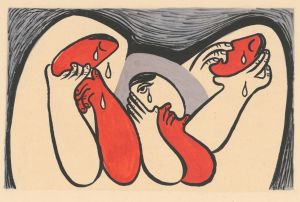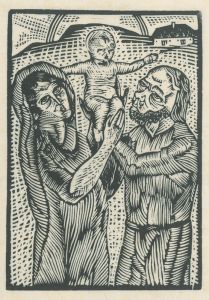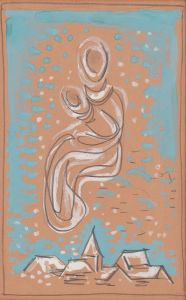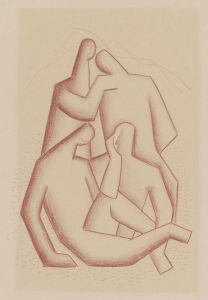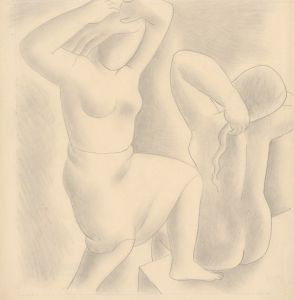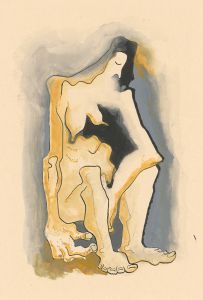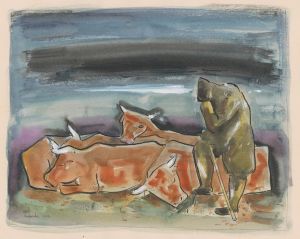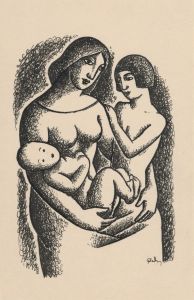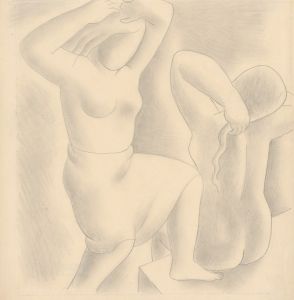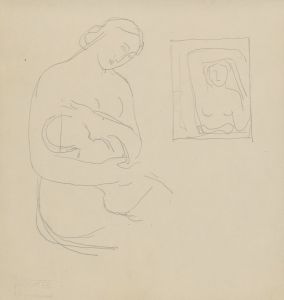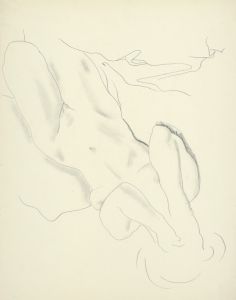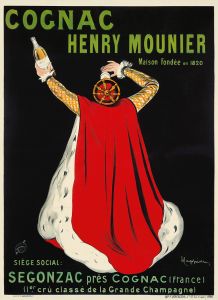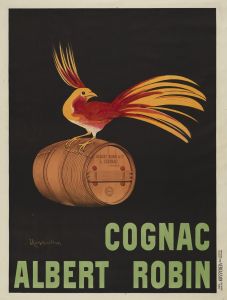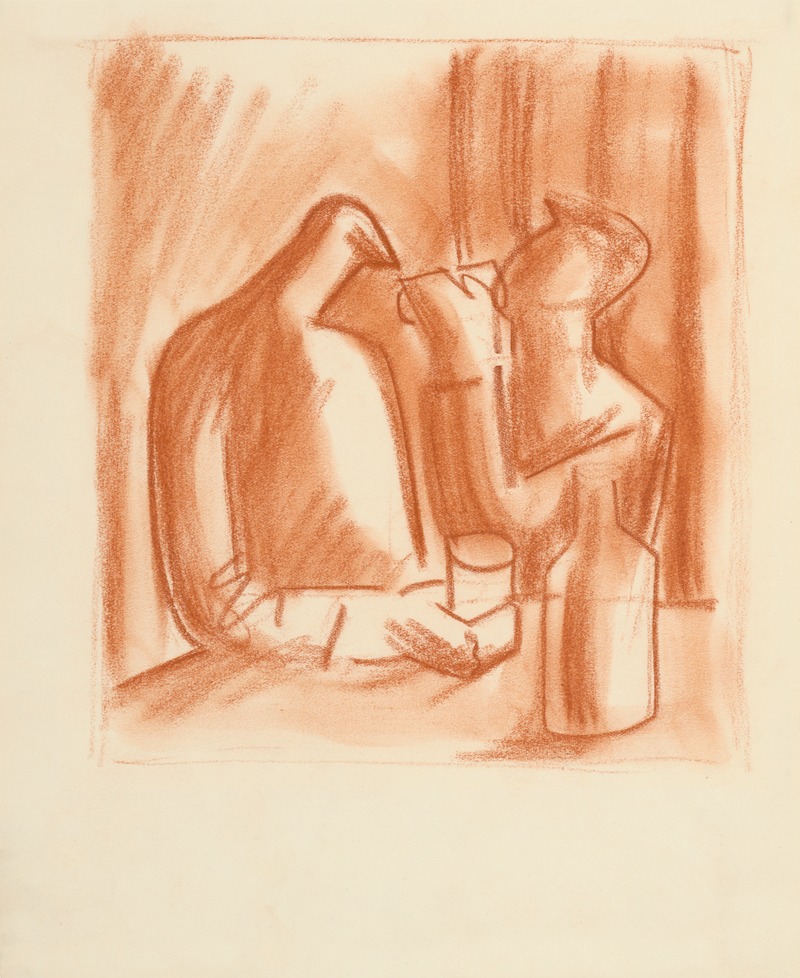
Pijani
A hand-painted replica of Mikuláš Galanda’s masterpiece Pijani, meticulously crafted by professional artists to capture the true essence of the original. Each piece is created with museum-quality canvas and rare mineral pigments, carefully painted by experienced artists with delicate brushstrokes and rich, layered colors to perfectly recreate the texture of the original artwork. Unlike machine-printed reproductions, this hand-painted version brings the painting to life, infused with the artist’s emotions and skill in every stroke. Whether for personal collection or home decoration, it instantly elevates the artistic atmosphere of any space.
Mikuláš Galanda was a prominent Slovak painter, graphic artist, and illustrator, known for his significant contributions to modern Slovak art in the early 20th century. Born on May 4, 1895, in Turčianske Teplice, Slovakia, Galanda became a leading figure in the development of Slovak modernism. His work is characterized by a unique blend of traditional Slovak themes with modernist techniques, often reflecting the socio-political changes of his time.
One of Galanda's notable works is "Pijani," which translates to "The Drunkards" in English. This painting is an exemplary piece that showcases Galanda's distinctive style, which often combined elements of cubism and expressionism. "Pijani" is recognized for its bold use of color and form, capturing the essence of human emotion and social commentary.
Galanda's artistic journey began with his studies at the Academy of Fine Arts in Budapest and later in Prague, where he was influenced by the avant-garde movements sweeping through Europe. His exposure to these movements is evident in "Pijani," where he employs geometric shapes and a vivid color palette to convey the theme of the painting. The figures in "Pijani" are depicted with exaggerated features and dynamic postures, a technique that Galanda used to express the inner turmoil and existential struggles of his subjects.
Throughout his career, Galanda was deeply influenced by the cultural and political landscape of Slovakia. His works often reflect the tensions and aspirations of the Slovak people during a time of national awakening and identity formation. "Pijani" can be seen as a reflection of the social issues of the time, possibly commenting on the human condition and the escapism found in alcohol consumption.
Galanda was also a member of the "Generation 1909," a group of Slovak artists who sought to break away from traditional art forms and embrace modernism. This group played a crucial role in shaping the direction of Slovak art, and Galanda's contributions were instrumental in this movement. His work, including "Pijani," is celebrated for its innovative approach and its ability to capture the complexities of modern life.
In addition to his paintings, Galanda was an accomplished illustrator and graphic artist. He contributed to various publications and was known for his ability to convey powerful messages through his art. His legacy is preserved in numerous Slovak galleries and collections, where his works continue to inspire and provoke thought.
Mikuláš Galanda passed away on June 5, 1938, but his influence on Slovak art endures. "Pijani" remains a significant piece within his oeuvre, exemplifying his mastery of form and his commitment to exploring the human experience through art. His work continues to be studied and appreciated for its artistic merit and its reflection of Slovak cultural identity.





